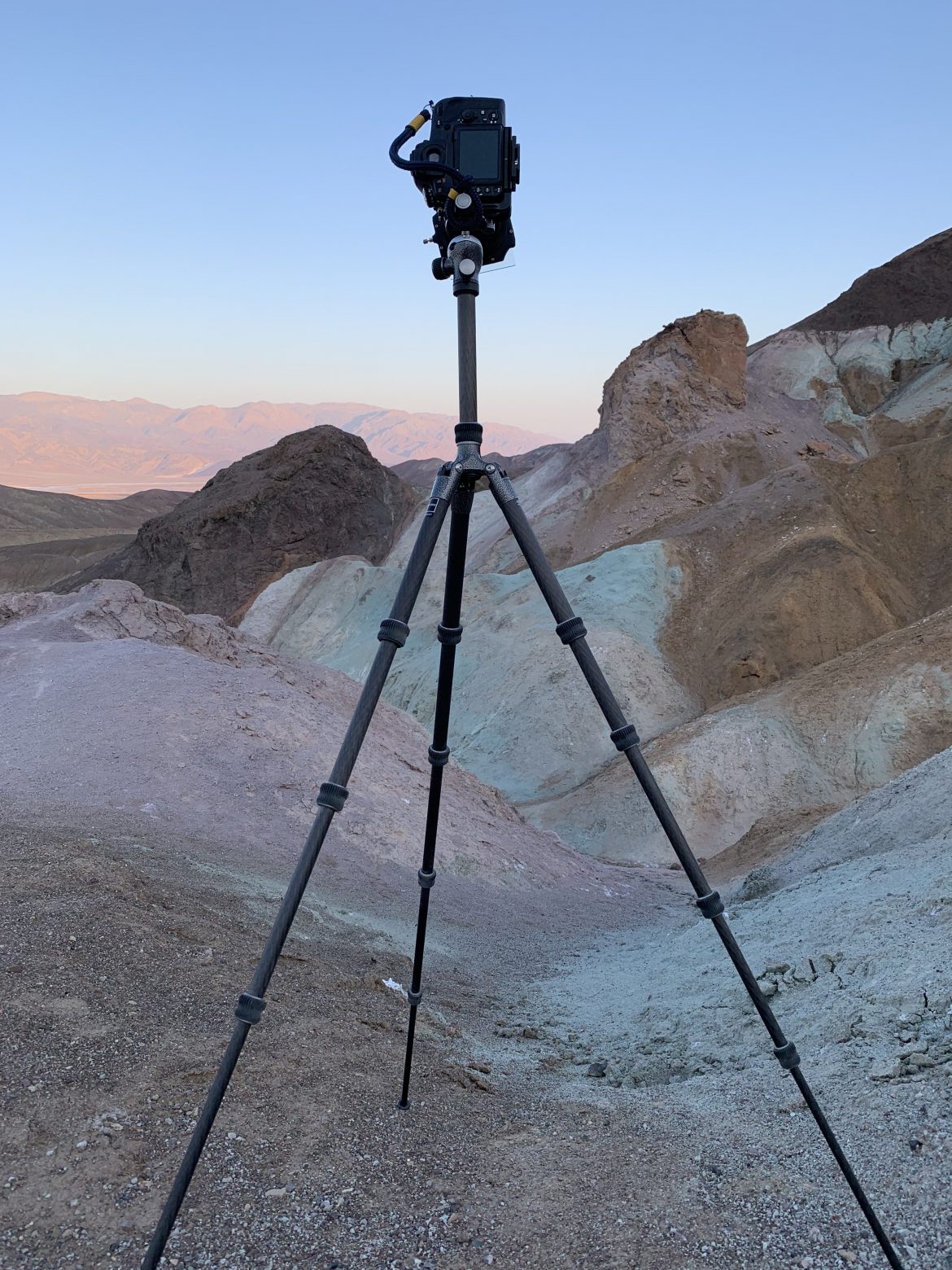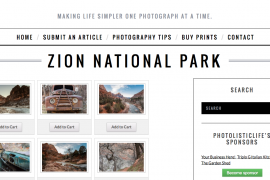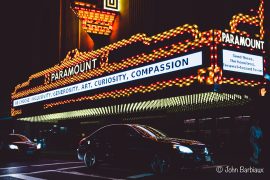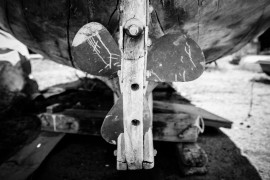Nope, it’s not because I hate my money… Though, I kind of felt like I did as I was replacing my old B+W lens filters. I’ve used the screw on type of lens filters for the past ten years or so despite numerous folks letting me know that “professional photographers” only use the square or rectangle style filters that slide into place in front of the lens. So, I’m excited to finally be able to call myself a professional (wink face/sarcasm).
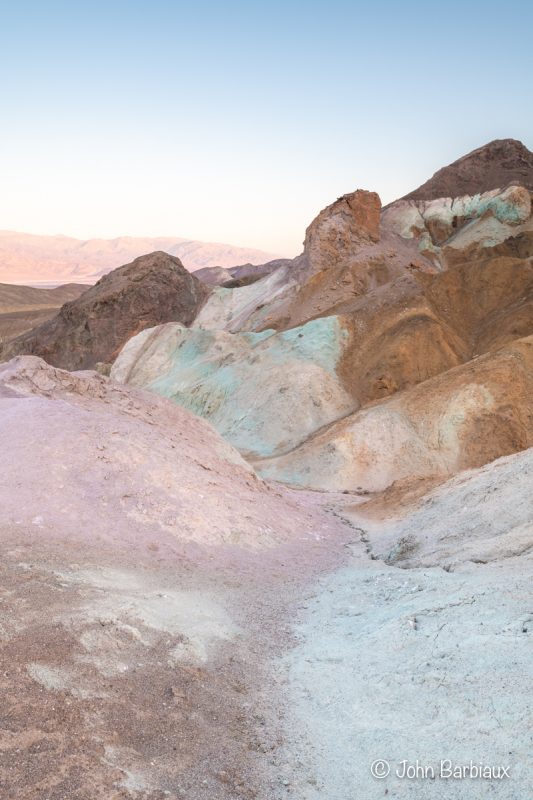
In all seriousness though, the only reason I’m making the leap now is because I have a couple photography projects where I’ll be in fairly harsh conditions and need to streamline some things. Additionally, I’ll be using multiple lens filters at the same time and the square or rectangle filters are less likely to leave me with permanent vignetting. I have used the top of the line (B+W) screw on filters for some time and anytime I add more than one filter to my wide angle lens I end up with some vignetting that forces me to crop my images a bit.
I’ve found pros and cons to both filter systems. The screw on filters are great because you simply drop them in your bag and go. You don’t need much in the way of an adapter, perhaps a step up ring or two so you can use one size of filter with all of your lenses (saving lots of money). The Lee filters, on the other hand, require an adapter ring for each lens as well as a “foundation kit” that you slide the actual filters into. So, in essence, the Lee filters require one extra piece of equipment, or one more step. Really though, the extra step is worth it because simply sliding the filters you need in and out is a breeze as opposed to trying to line up the screw on filters in the dark or unscrew them meticulously slowly over the open storage container they come in as to not drop and break them once they unscrew the entire way (kind of like Russian roulette because you never no when they will finally release themselves into your hand).
My first experience with Lee filters was with my Leica M system. I purchased their smaller lens fitler system (Seven5 Micro Filters) because I was tired of using screw on filters with a million step up rings to accommodate my lenses with varying sizes of lens filter threads. I was immediately sold on the ease of use and versatility the system offered. Though expensive, it was worth every penny.
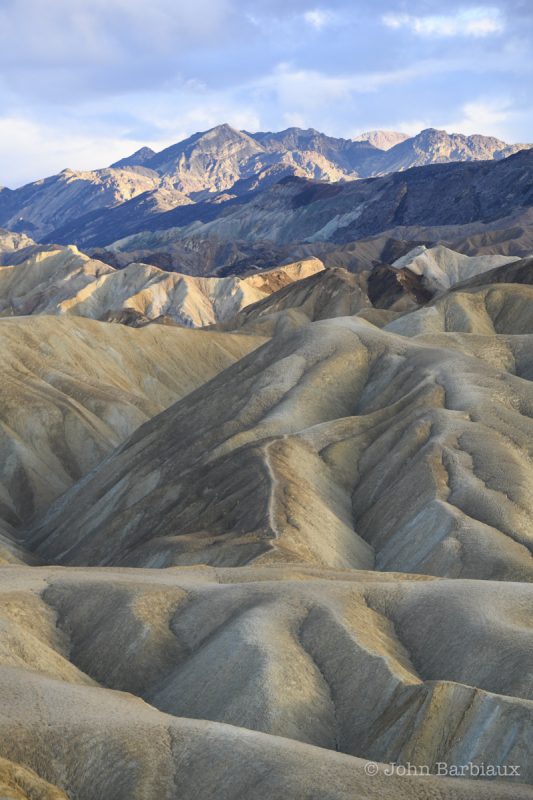
My most recent trip found me in Death Valley where the weather could be harsh and the ability to work quickly was priceless. As anyone who’s shot landscape photography before can attest to, the right light is fleeting and you’ve got to really work quickly if you want to make the most of your time. One of my favorite things about the Lee system is because the filters easily slide up or down in front of your lens you can simply slide a lens part of the way up to obtain focus (when using a filter, like a 10 stop ND, that cuts out most of the light and eliminates the ability to auto-lock focus through the filter). With my ten-stop screw on filter I would sometimes have to unscrew it, reacquire focus, and then screw it back on. Anyone who’s used screw on filters knows the frustration that comes with trying to screw a filter in place, while the right light is fleeting, and struggling to line it up perfectly to avoid cross threading the filter.
The only difficulty I ran into was removing the second or third filter when using more than one Lee filter. The way the holder is designed causes it to tighten exponentially on the filters as you slide more in place. This is good and bad. The good is that you never have to worry about a filter accidentally slipping out and flushing your money down the drain. The bad is it takes some real muscle to slide the second filter out. One possible solution would be to leave the middle filter slot open to reduce the pressure on two filters but by leaving a gap for light you potentially run the risk of lens flare/glare.

Ultimately, I can’t say enough good things about the Lee filter system and the ease of use compared to screw on filters… It’s safe to say I’m a believer now. The speed at which I can swap out or add filters is fantastic. Carrying the filters in a “book” of filters is incredibly convenient and beats the old way of having to open each filters case to see which one I have in my hand (a real pain in the dark). The Lee filters slip into my filter book in a specific order that makes it incredibly easy to locate the filter I need when I need it in any type of light.
Pros:
Smaller footprint compared to screw on filter storage in camera bag (when carrying multiple filters)
Less/no chance of vignetting when using multiple Lee filters compared to screw on filters
Incredibly easy to attach and remove from lenses in the field
More filter options like a reverse grad where just the center is darkened and the top and bottom remain clear
Cons:
Cost… You’re looking at between $500 and $1000 to get a comprehensive kit
Conclusion
I highly recommend the Lee filter system. If you’re wondering if you should switch after you’ve already invested heavily in screw on filters I would recommend it. I know it’s a large investment when that money could be put towards a trip someplace but I think that the difference is that big. I’m a converted believer! I’m not afraid to admit that I now see why professionals “only” shoot with these types of filters.
With that all being said… I built my entire business, a successful business, of photography using nothing but screw on filters. So don’t feel like you NEED these filters to be successful. They are a luxury. At the end of the day, you don’t even NEED a filter. Subject matter is king and if you’re putting yourself in front of things that people really care about then you will be successful with or without lens filters (emphasis on the period).

